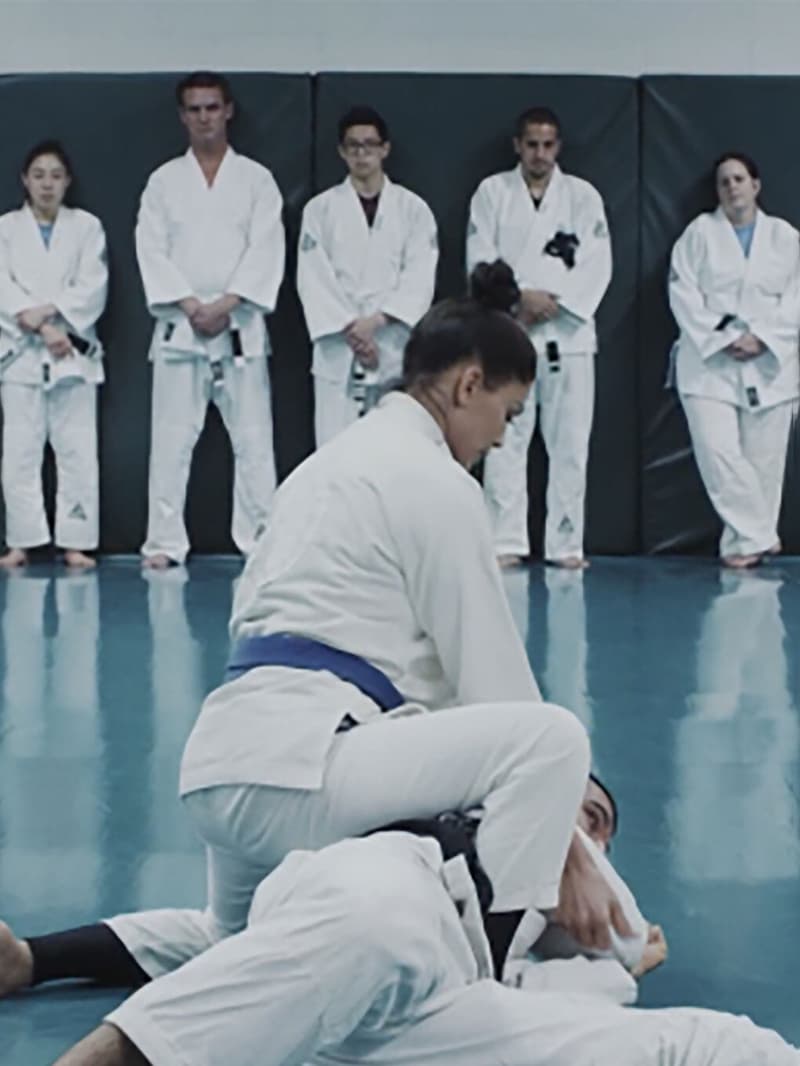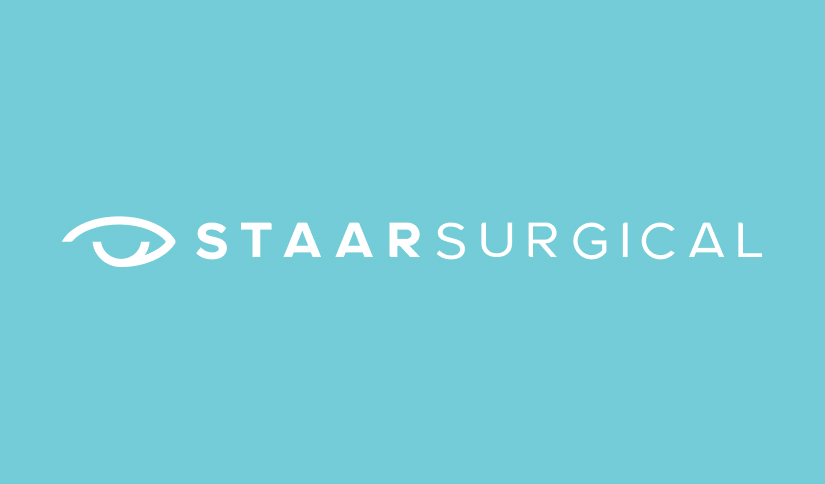Le presentamos a Roi Méndez , Músico Profesional
Mi nombre es Roi Méndez, soy cantante y me dedico a la música desde los 17 años aproximadamente. Yo recuerdo tener miopía desde casi siempre, desde los 7 años creo que empecé a tener miopía. Luego a esto se le sumó el astigmatismo y poco a poco me fue creciendo y hasta hasta que se me estabilizó un poco. Y fue cuando tomé la decisión de operarme. Cuando me despertaba antes de operarme, era horrible porque tenía que pegarme el móvil muchísimo a la cara. Nunca encontraba las gafas, estaba ahí como medio cegato.
Mi nombre es Roi Méndez, soy cantante y me dedico a la música desde los 17 años aproximadamente. Yo recuerdo tener miopía desde casi siempre, desde los 7 años creo que empecé a tener miopía. Luego a esto se le sumó el astigmatismo y poco a poco me fue creciendo y hasta hasta que se me estabilizó un poco. Y fue cuando tomé la decisión de operarme. Cuando me despertaba antes de operarme, era horrible porque tenía que pegarme el móvil muchísimo a la cara. Nunca encontraba las gafas, estaba ahí como medio cegato.
Qué me hizo decantarme por las lentes Visian ICL
Yo recuerdo tener miopía desde casi siempre, desde los 7 años creo que empecé a tener miopía. Luego a esto se le sumó el astigmatismo y poco a poco me fue creciendo y hasta hasta que se me estabilizó un poco. Y fue cuando tomé la decisión de operarme. Cuando me despertaba antes de operarme, era horrible porque tenía que pegarme el móvil muchísimo a la cara. Nunca encontraba las gafas, estaba ahí como medio cegato.
"Si tuviese que definir ICLen dos palabras sería:comodidad visual, lo tengo claro."
Preguntas con Roi
¿Por qué decidiste operarte con las lentes ICL?
Una amiga se operó de ICLhace unos años y me comentó que veía increíble;el láser temodifica la forma de la córnea e ICLno te toca nada, simplemente te pone una lenteintraocular y no te toca nada. En unmomento se puede quitar y poner otra. Veo cosas que nunca pensé.
¿A qué te dedicas ?
Me dedico a la música desde los 17 años aproximadamente
¿Cómo era tu vida antes de operarte con Lentes ICL?
Cuando me despertaba antes de operarme, era horrible porque tenía que pegarme el móvil muchísimo a la cara. Nunca encontraba las gafas, estaba ahí como medio cegato.
¿ Qué es lo que más te molestaba en tu trabajo?
Cuando estaba en el estudio, recuerdo que no podía estar demasiado tiempo delante de la pantalla porque las lentillas se me secabanmucho los ojos,y ahora ,la verdad,que puedo tirar todo el tiempo que quiera, que nonoto sequedad, a la hora de ver la tele y a la hora de todo estoymucho más contento.
¿ En qué te ha cambiado la vida?
Ahora es como que soy un lince. Desde que me operé con ICL veo un 4K máxima resolución increíble.Yo soy una persona que usa mucho el patinete eléctrico para moverme,y sí que es cierto,que noto que antes con el aire,se me secaba la lentilla, era como una sensación incómoda,y ahora es como si fuera un ojo normal.
Important Safety Information
EVO & EVO TICL is designed for the correction of moderate to high near-sightedness (-0.5 to -20.0 dioptres (D)) and the reduction of near-sightedness in patients with up to -20 dioptres (D) of near-sightedness with less than or equal to 6.0 dioptres (D) of astigmatism. It is indicated for patients who are 21 to 45 years of age. In order to be sure that your surgeon will use a EVO with the most adequate power for your eye, your near-sightedness should be stable for at least a year before undergoing eye surgery. EVO surgery has been documented to safely and effectively correct near-sightedness between -0.5 dioptres (D) to -20.0 dioptres (D) and partially correct near-sightedness up to -20 dioptres in eyes with up to 6.0(D) of astigmatism. If you have near-sightedness within these ranges, EVO surgery may improve your distance vision without eyeglasses or contact lenses. EVO surgery does not eliminate the need for reading glasses, even if you have never worn them before. The EVO represents an alternative to other refractive surgeries including, laser assisted in situ keratomileusis (LASIK), photorefractive keratectomy (PRK), incisional surgeries, or other means to correct myopia such as contact lenses and eye glasses. EVO is not intended to correct any astigmatism you may have. Implantation of the EVO is a surgical procedure, and as such, carries potentially serious risks. Please discuss the risks with your eye care provider. The following represent potential complications/adverse events reported in conjunction with refractive surgery in general: conjunctival irritation, acute corneal swelling, persistent corneal swelling, endophthalmitis (total eye infection), significant glare and/or halos around lights, hyphaema (blood in the eye), hypopyon (pus in the eye), eye infection, EVO ICL dislocation, macular oedema, non-reactive pupil, pupillary block glaucoma, severe inflammation of the eye, iritis, uveitis, vitreous loss and corneal transplant. Before considering EVO surgery you should have a complete eye examination and talk with your eye care professional about EVO surgery, especially the potential benefits, risks and complications. You should discuss the time needed for healing after surgery.
Latin America
संदर्भ
1Visian ICL Patient Information Booklet
2Sanders D. Vukich JA. Comparison of implantable collamer lens (ICL) and laser-assisted in situ keratomileusis (LASIK) for Low Myopia. Cornea. 2006 Dec; 25(10):1139-46.
3Naves, J.S. Carracedo, G. Cacho-Babillo, I. Diadenosine Nucleotid Measurements as Dry-Eye Score in Patients After LASIK and ICL Surgery. Presented at American Society of Cataract and Refractive Surgery (ASCRS) 2012.
4Shoja, MR. Besharati, MR. Dry eye after LASIK for myopia: Incidence and risk factors. European Journal of Ophthalmology. 2007; 17(1): pp. 1-6.
5aLee, Jae Bum et al. Comparison of tear secretion and tear film instability after photorefractive keratectomy and laser in situ keratomileusis. Journal of Cataract & Refractive Surgery , Volume 26 , Issue 9 , 1326 - 1331.
5bParkhurst, G. Psolka, M. Kezirian, G. Phakic intraocular lens implantantion in United States military warfighters: A retrospective analysis of early clinical outcomes of the Visian ICL. J Refract Surg. 2011;27(7):473-481.


